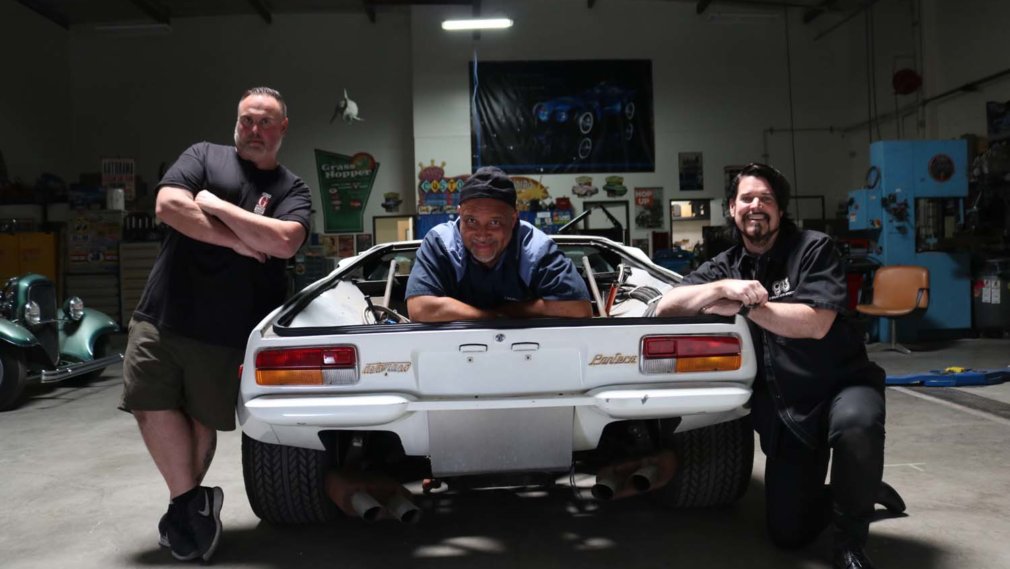Our 5 Favorite Le Mans Prototypes
Porsche 917 – The Porsche 917 is the reason that Porsche is so closely associated with Le Mans today. Prior to the 917, they had mostly competed against companies like Ford and Ferrari for class wins with lightweight, yet relatively low-powered GT cars. The 917 was a completely new venture for them and with its lightweight and extremely powerful air-cooled fuel injected flat-12 engine and excellent brakes, it proved to be a force to be reckoned with. The platform competed at Le Mans successfully for several years before the chassis was transitioned into open top configuration and run in the no-holds-barred Can-Am class in America and Canada as a fire spitting turbocharged hellbeast that essentially killed the series. It’s one of the most iconic and beautiful racecars ever made.
Ford GT40 MkIV – The Ford GT40’s story is well known and tirelessly documented in books like AJ Baime’s excellent Go Like Hell but that doesn’t make it any less exciting or any less of an important car in racing’s great pantheon. The GT40 differed from its competition in many ways, most prominently in its use of a big, relatively under-stressed American V8 to help hustle it around the track. While Ferrari’s sexy 12-cylinder engines screamed to stratospheric redlines and blew themselves to pieces, the GT40s and their 427 cubic inch V8s loped around the track to victory. The cars are so iconic that companies like Superformance are still producing continuation models to this day.
Sauber C9 – Mercedes-Benz got out of racing after the horrible accident at Le Mans in 1955 that resulted in the deaths of nearly 90 spectators. This self-imposed ban on racing was softened over the years and by the time that the Group C formula for Le Mans prototypes rolled around in the 80s, Mercedes was officially supporting the Sauber team. The Sauber C9, with its twin-turbocharged 5 liter Mercedes V8, was arguably the fastest car down the Mulsanne straight and set many records to this effect. The cars were gorgeous and sounded amazing at speed and they paved the way for Mercedes to get officially back into motorsport under its own name.
Ferrari 330 P4 – The Ferrari P3 is arguably one of the most beautiful pieces of automotive design ever created. The curves are exquisite and the engine that powers it is a work of art. The P4 features a 3-valve head design borrowed from Ferrari grand prix cars and Lucas fuel injection which gave the car’s an output of around 450hp, not bad for the era. There were officially only 4 P4s built, three originals and one converted from P3 spec. The cars were successful in competition as well and swept the podium at Le Mans in 1966.
Audi R10 TDI – The Audi R10 TDI represented a tectonic shift in the thinking of prototype design for competition at Le Mans. The car’s diesel engine stood in the face of all previous prototypes and changed the way that diesel engines were thought about in performance applications. The car was so successful that it won at Le Mans every year until it was replaced by the R15. This is the car that cemented Audi’s reputation as one of the greatest marques to ever compete at Le Mans. Sure, it sounds a bit like a vacuum cleaner at speed, but when you’re that fast, who really cares?






